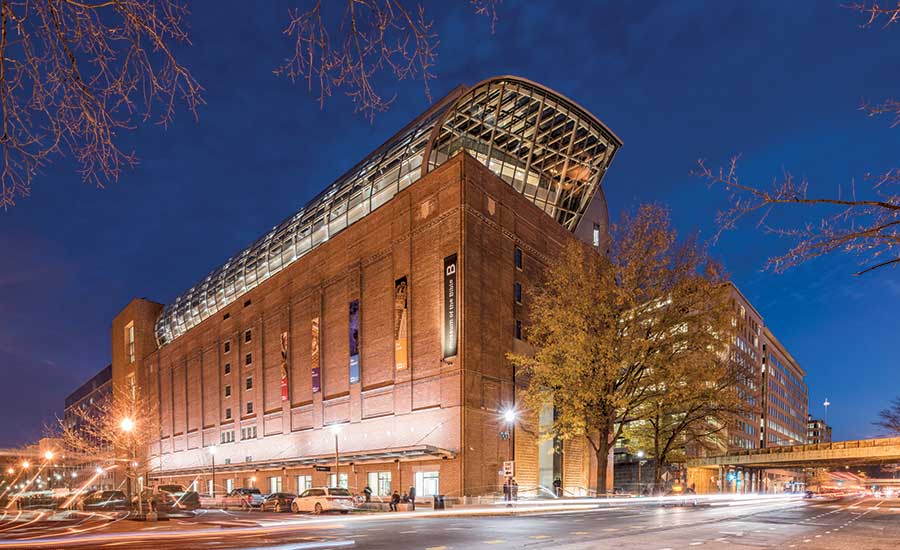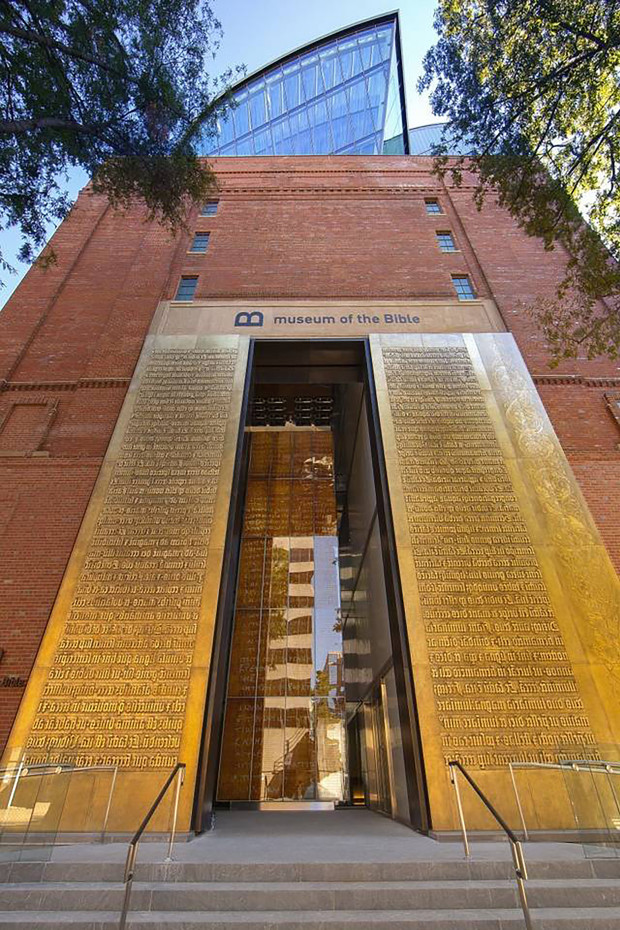

Steve Green spoke of the museum as “nonsectarian” and said of the Bible, “Let it have an impact in your life as it has my life or our family’s life and so many people all over the world.” 17, 2017, the Greens seemed confident their troubles were behind them. This resulted in some regrettable mistakes.” In a statement, Steve Green, who is president of Hobby Lobby and chairman of the Bible Museum, said: “The company was new to the world of acquiring these items and did not fully appreciate the complexities of the acquisitions process. Hobby Lobby relinquished those items and paid a $3 million fine. They had also allowed the objects to be shipped to the company’s headquarters in Oklahoma City “misleadingly described as ceramic tile samples,” according to prosecutors.


In July 2017, just four months before the museum was set to open, federal prosecutors in New York announced that Hobby Lobby and the Greens had acquired, in 2010, at least 5,500 artifacts “fraught with red flags” from a dubious dealer in the United Arab Emirates. One of the items was inscribed in Sumerian with passages from the Epic of Gilgamesh, one of mankind’s earliest sagas of gods, floods, beasts and prophecies. They included 4,000-year-old cuneiform tablets, slivers of papyrus, cylinder seals and clay bullae - all relics from ancient Mesopotamia that showcased some of the earliest forms of written communication. Capitol and the National Mall.īut most of the museum’s older items, those that stretched back to ancient times, quickly led to problems. They are now housed in a $450 million, eight-story, 430,000-square-foot building, a soaring, ark-like structure that features 14-foot-tall bronze panels inscribed with Hebrew verses from the Book of Genesis and a “biblical roof garden” with expansive views of the U.S. Exhibits today include Elvis Presley’s bible and letters on theology signed by Thomas Jefferson and Martin Luther. Many of the objects they collected were printed bibles, biblical artifacts, illuminated manuscripts, artworks and ephemera, most of which date from the 1500s to the present. So it was far from good news for the museum last month when it disclosed, just days apart, that thousands of its Middle Eastern antiquities had tainted provenances and that its vaunted collection of Dead Sea Scrolls was fake.īut in a dozen interviews in recent days, some of the institution’s toughest critics said the transparency with which the museum has handled the disclosures was a positive step toward converting those who had questioned its methods and principles. It’s God, it’s history, and we want to show that.” Part of that caution grew from the fact that the museum’s guiding spirit was 78-year-old David Green, an evangelical Christian who founded the multi-billion-dollar Hobby Lobby chain in 1972 and who had written of the Bible: “This isn’t just some book that someone made up. For all its stated good intentions, when the Museum of the Bible in Washington was first envisioned a decade ago, skeptics worried it would favor religious proselytizing over neutral scholarship and buttoned-down collecting practices.


 0 kommentar(er)
0 kommentar(er)
